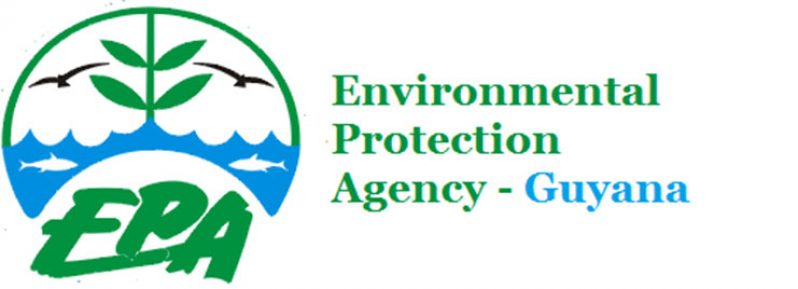FEASIBLY the most significant concern for all of us today is shielding the environment we live and breathe in. Today, well-developed GIS systems are used to protect the environment. It has become an integrated, well developed and successful tool in disaster management and mitigation. GIS can help with risk management and analysis by displaying which areas are likely to be prone to natural or man-made disasters. Let us turn our attention a little to the GIS system. Before we begin, let us define this system.
A Geographic Information System (GIS) is a system of computer software, hardware and data, personnel that make it possible to enter, manipulate, analyze, and present data, and the information that is tied to a location on the Earth’s surface. (Thurgood, 1995)
At the Environmental Protection Agency(EPA), the GIS Unit is responsible for mapping and identifying critical points. These can then be used to help ascertain geographic or spatial information, which in turn helps the staff understand the complex interrelationships of natural resources and human population as they relate to potential or known pollution sources of a project. This additional information is beneficial to us in accomplishing our mission of protecting human health and the environment.
 GIS can also display and analyze aerial photographs. This is critical in analyzing digital information that can be overlaid on photographs to provide environmental data analysts with more familiar views of landscapes and associated data. GIS can provide a quick, comparative view of hazards (highly prone areas) and risks (areas of high risk which may occur) and areas to be safeguarded; and this is very essential as it relates to the work at the EPA. With the help of GIS information, the Agriculture and Forestry Departments at the EPA can now adequately manage the forest activities, and ensure that developers are complying with their permit conditions.
GIS can also display and analyze aerial photographs. This is critical in analyzing digital information that can be overlaid on photographs to provide environmental data analysts with more familiar views of landscapes and associated data. GIS can provide a quick, comparative view of hazards (highly prone areas) and risks (areas of high risk which may occur) and areas to be safeguarded; and this is very essential as it relates to the work at the EPA. With the help of GIS information, the Agriculture and Forestry Departments at the EPA can now adequately manage the forest activities, and ensure that developers are complying with their permit conditions.
With all that said, let us be taken away with the fact that the use of GIS data has a profound impact on business and industry and the general public. If the technology were eliminated, we would realise to a great extent the overarching importance of GIS data in our daily lives and at work.
GIS DAY 2021
GIS Day is a worldwide event that celebrates the technology of Geographic Information Systems (GIS) – a day started in 1999 by Ralph Nader and intended for geography awareness. Here are some tips, courtesy of gisgeography.com to celebrate GIS Day.
GEOCACHING – Pull out your GPS or phone, because it’s time to go geocaching. This is a fun activity that you can include anyone where you track down treasures.
 OPENSTREETMAP – The OpenStreetMap movement has the power to move mountains (literally). Join the OpenStreetMap team, and map out your part of the world. Who knows, you could even learn something new about it.
OPENSTREETMAP – The OpenStreetMap movement has the power to move mountains (literally). Join the OpenStreetMap team, and map out your part of the world. Who knows, you could even learn something new about it.
SATELLITE VIEWING – Silently, satellites orbit our Earth for a range of remote-sensing applications & uses. If you don’t have a telescope, then you can use your phone as a satellite-augmented reality app. Point it to the sky and discover new satellites.
GOOGLE EARTH – Who doesn’t like to spin the globe in Google Earth? Now, the location-based application built by Google lets you tour the world without physically being there.
ESRI STORY MAP – Whatever it is that you decide to do on GIS Day, tweet it for the world to see. Of course, Esri will add it to their GIS Day story map to see where and how many are involved in the celebration.
You can share your ideas and questions by sending letters to: “Our Earth, Our Environment”, C/O ECEA Programme, Environmental Protection Agency, Ganges Street, Sophia, GEORGETOWN, or email us at: eit.epaguyana@gmail.com. Follow us on Facebook and Instagram and subscribe to our YouTube channel.












